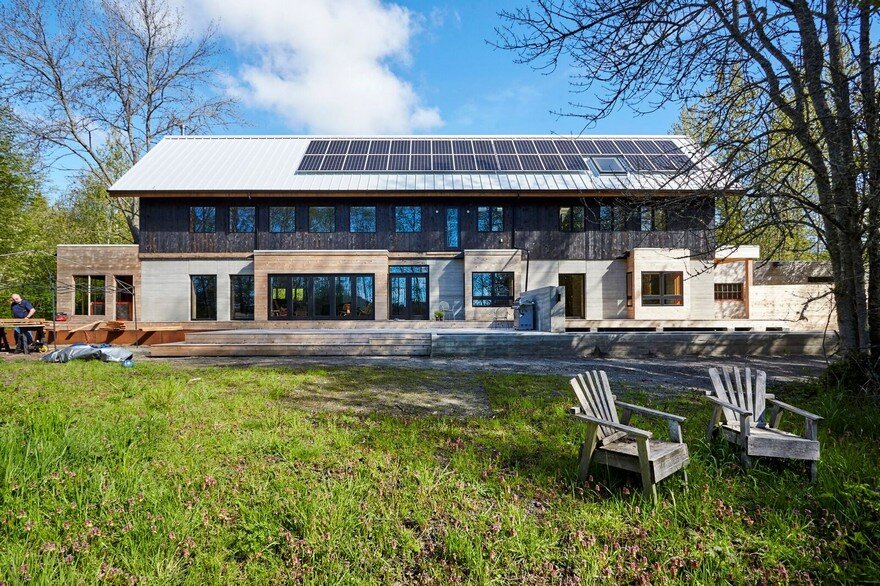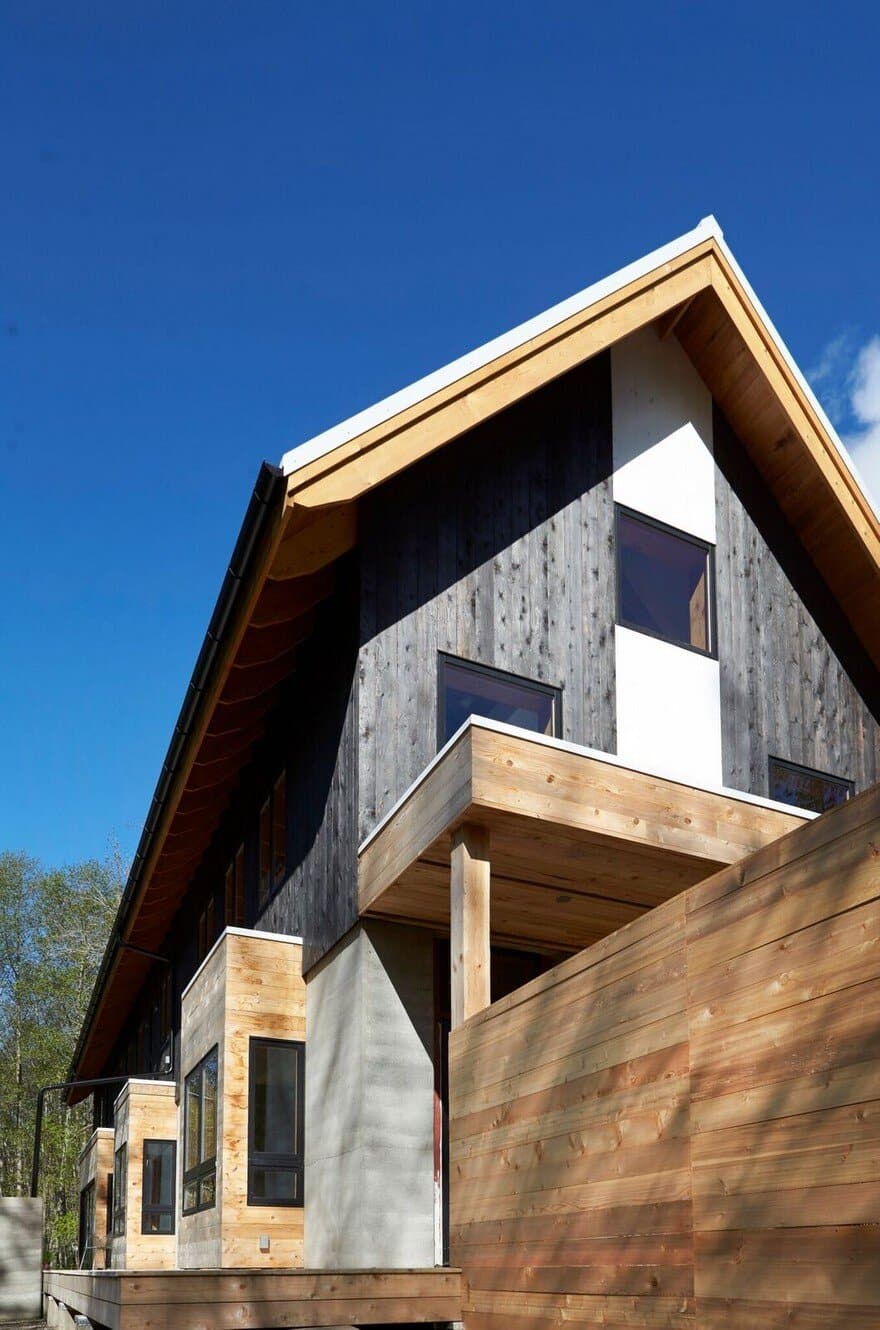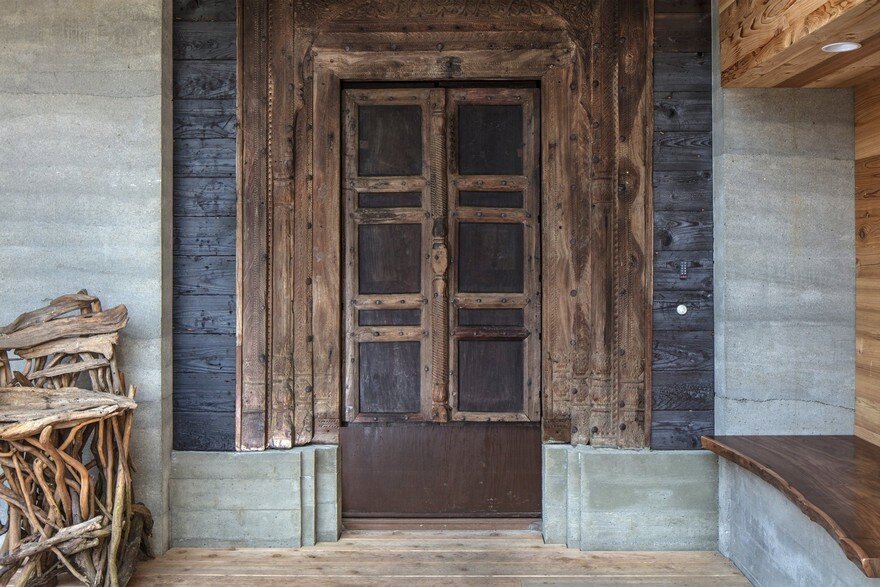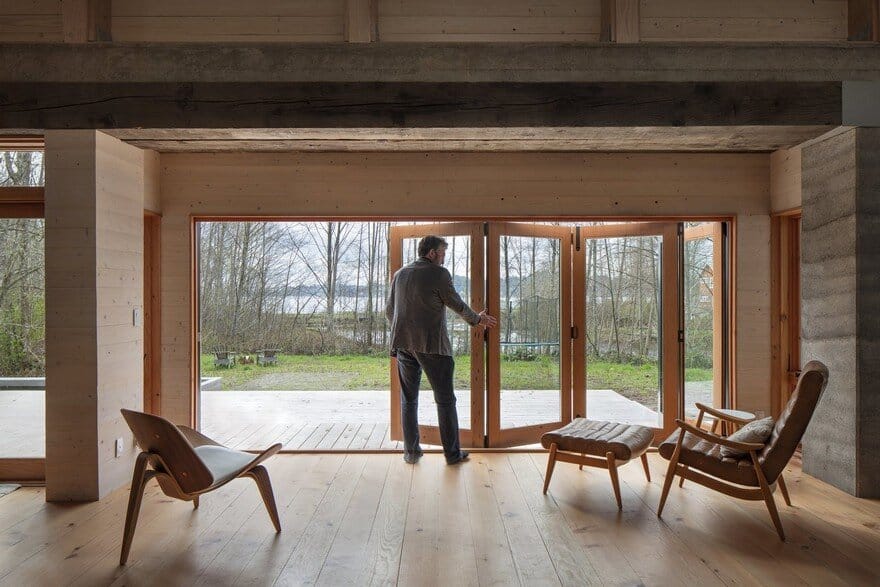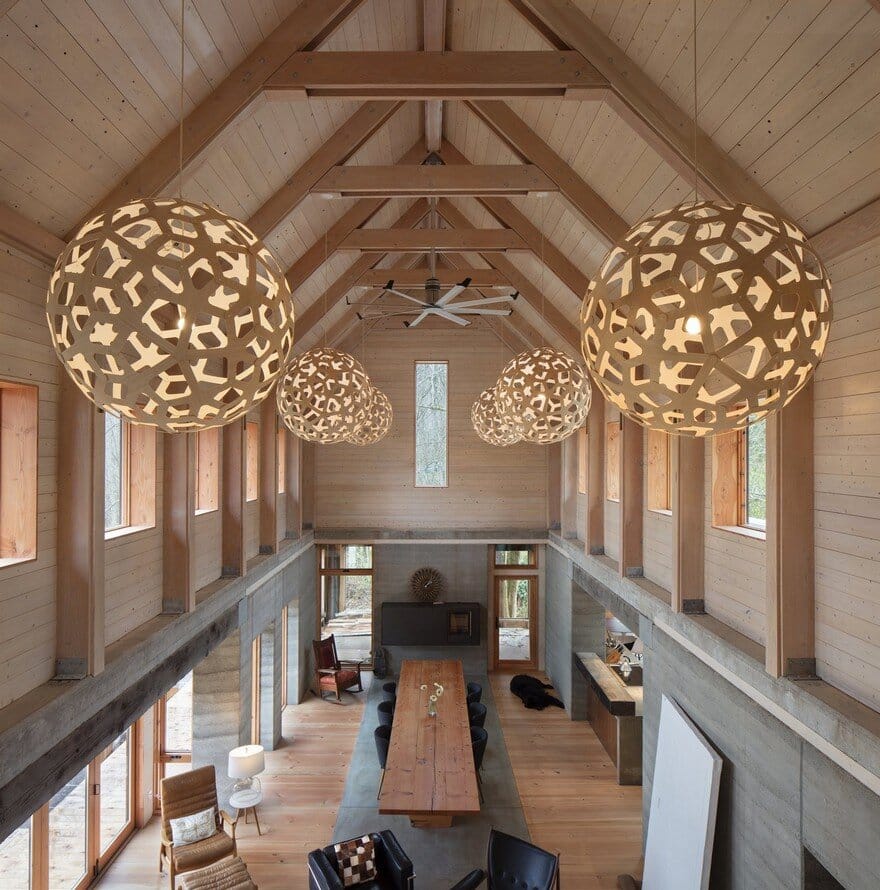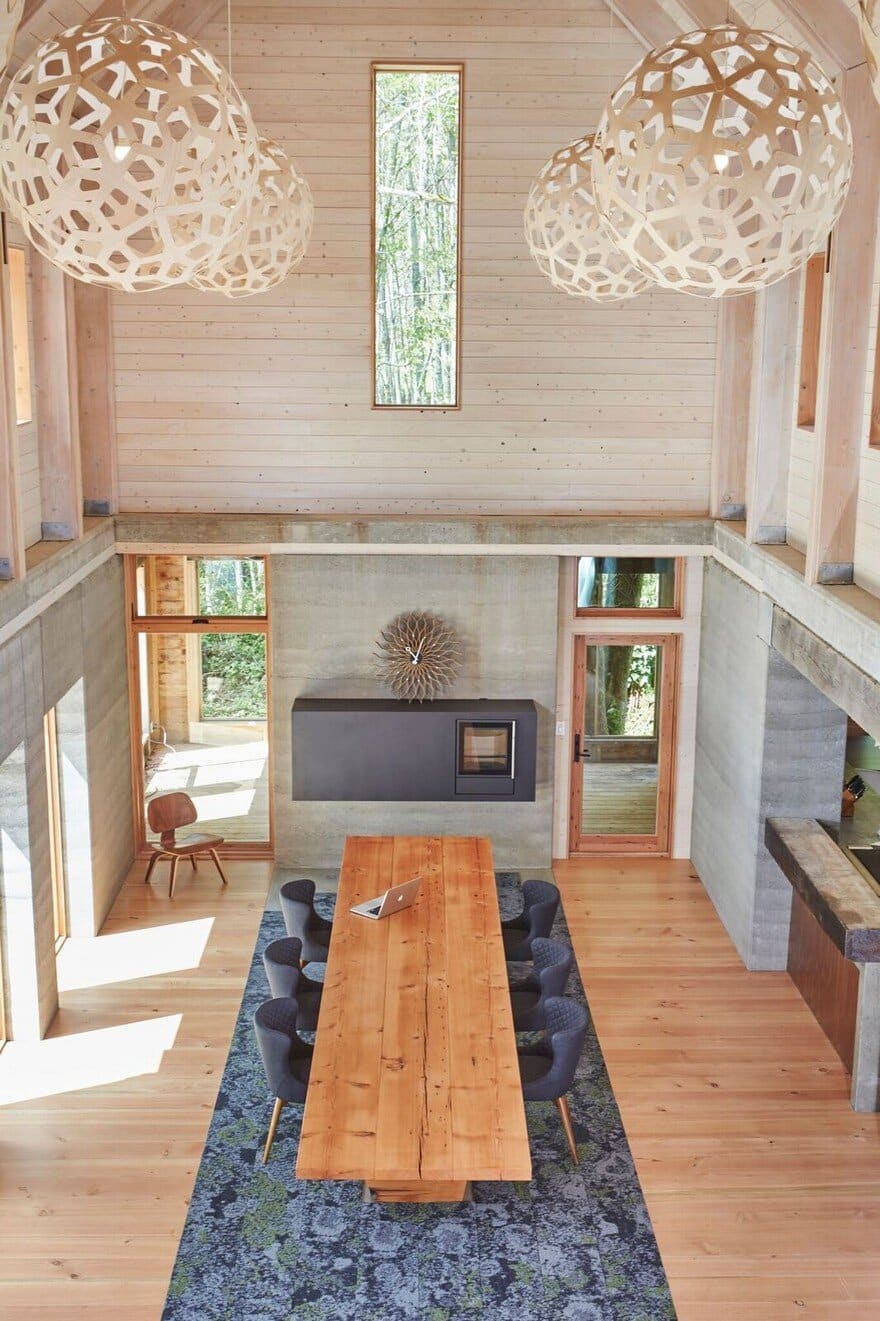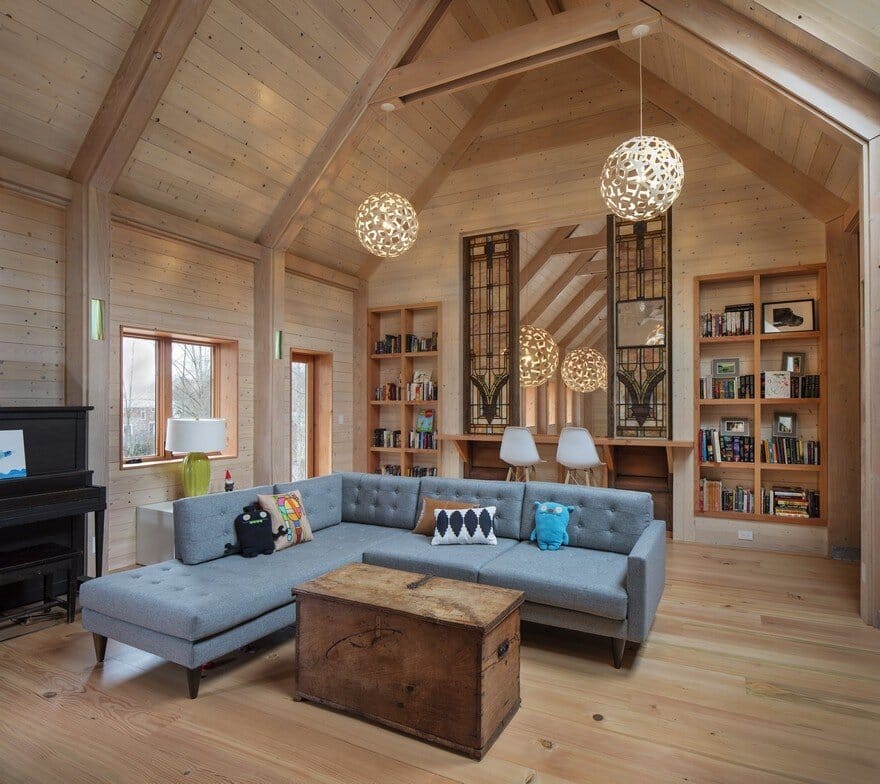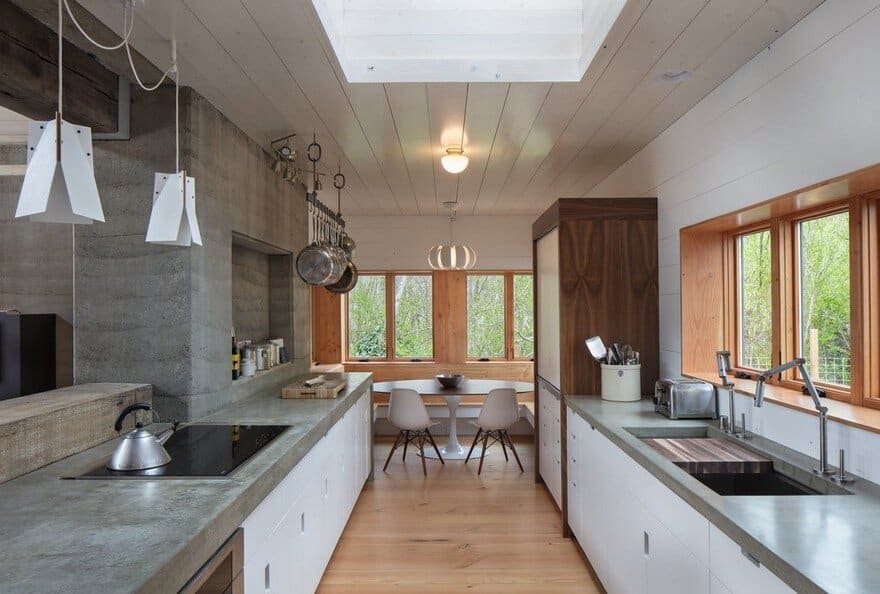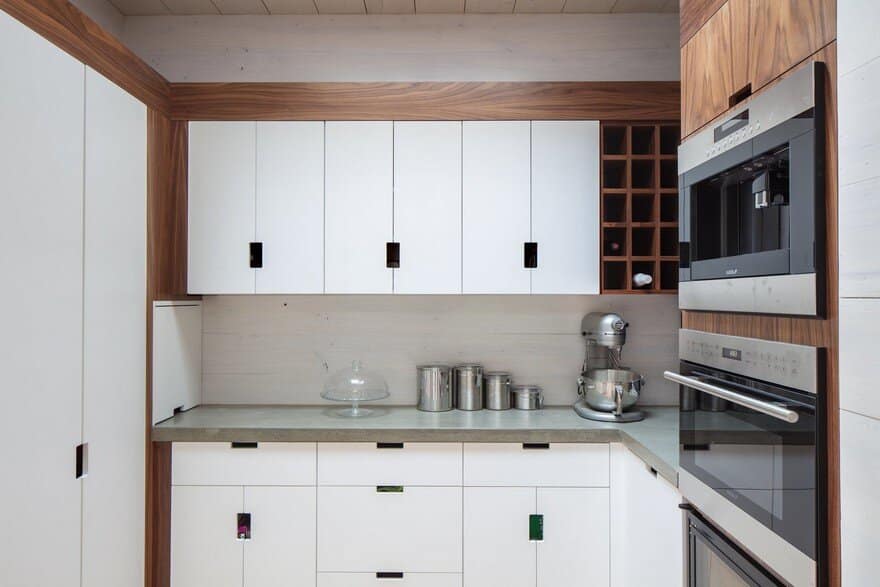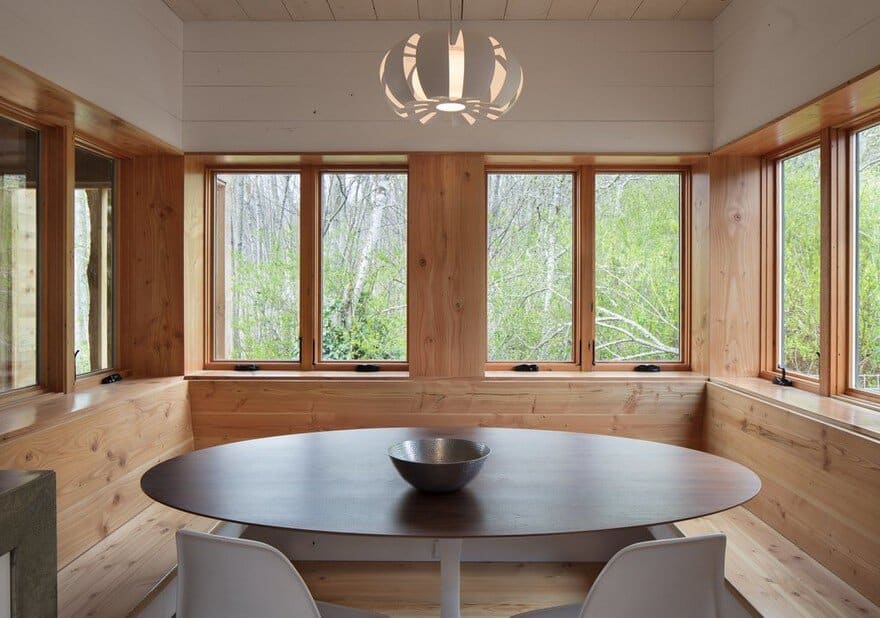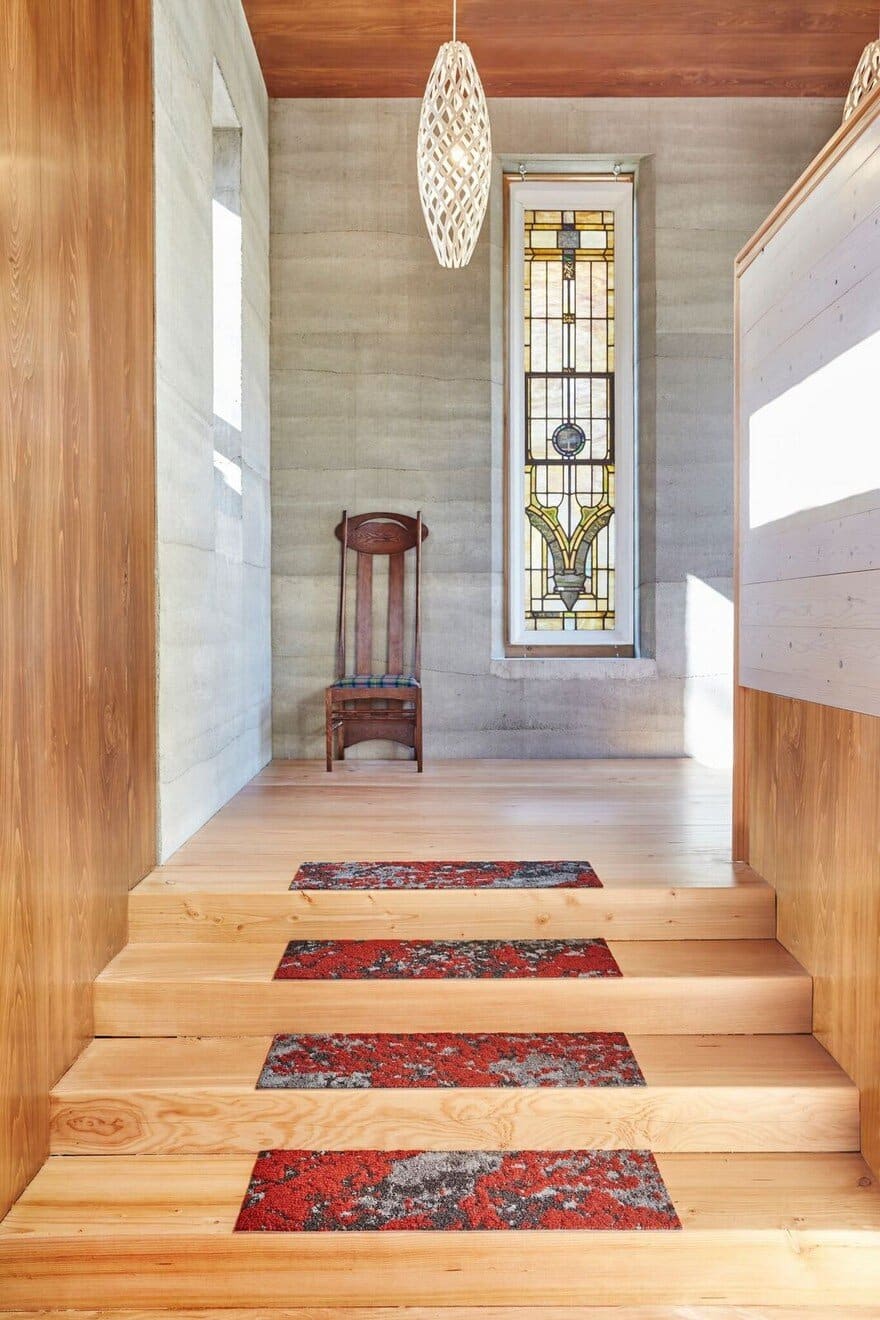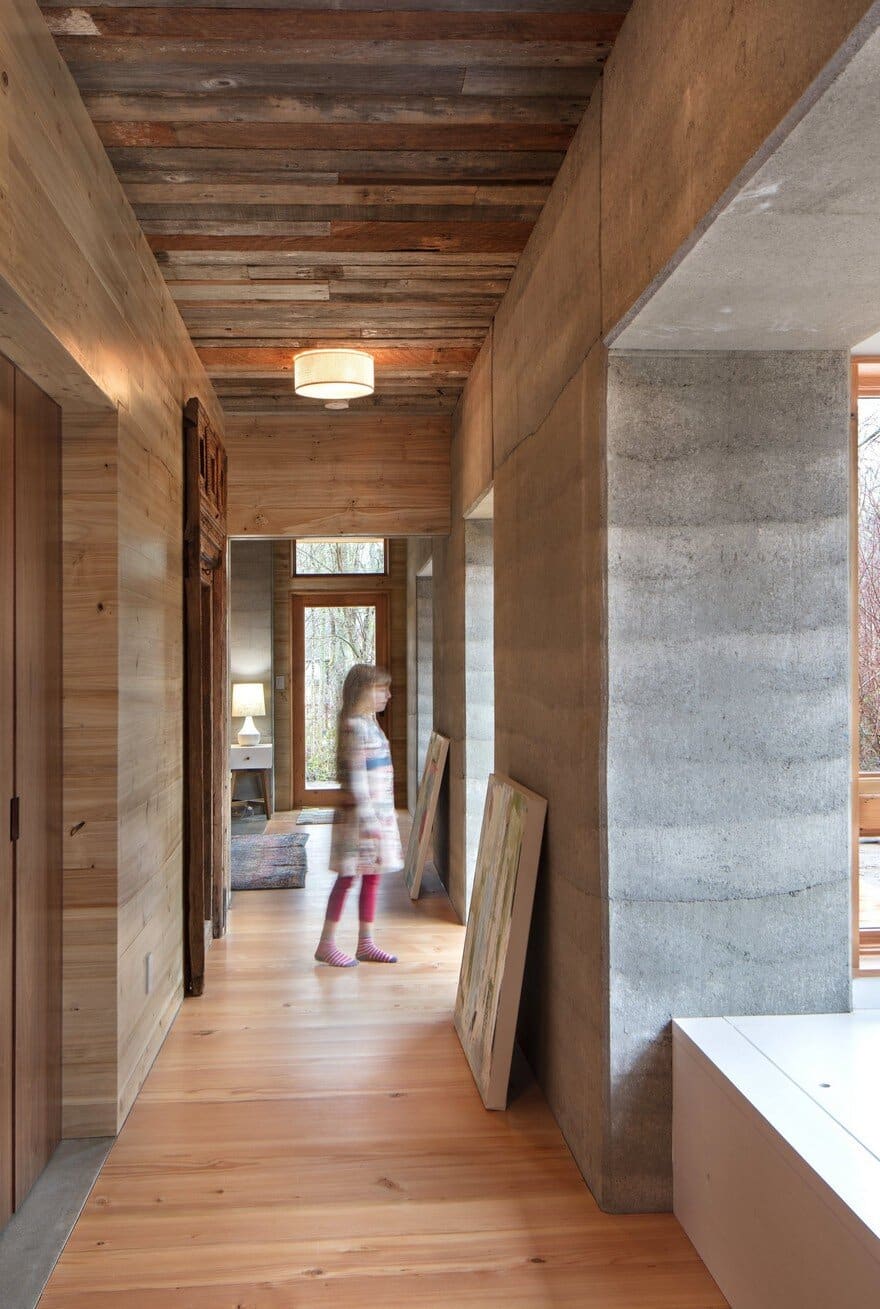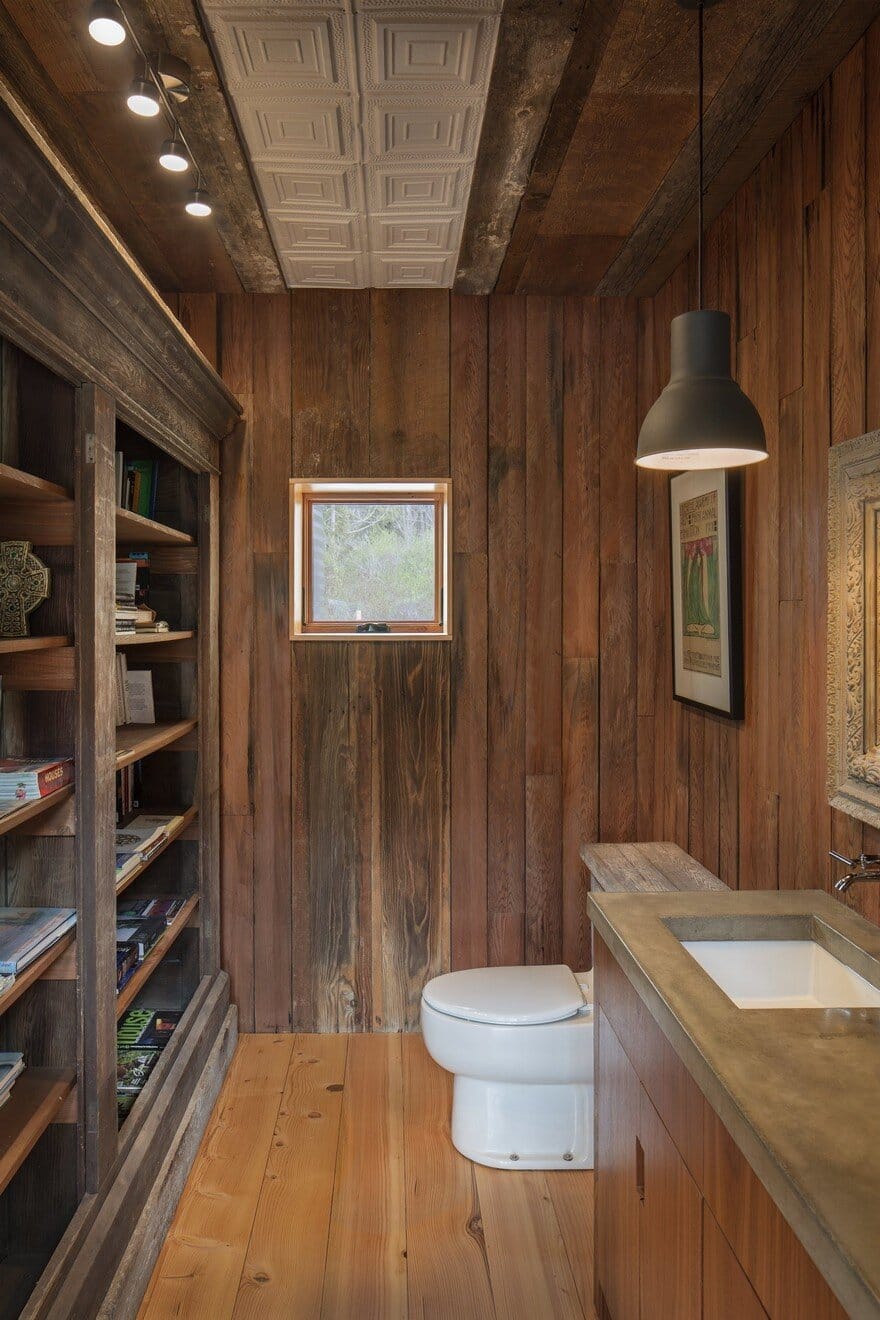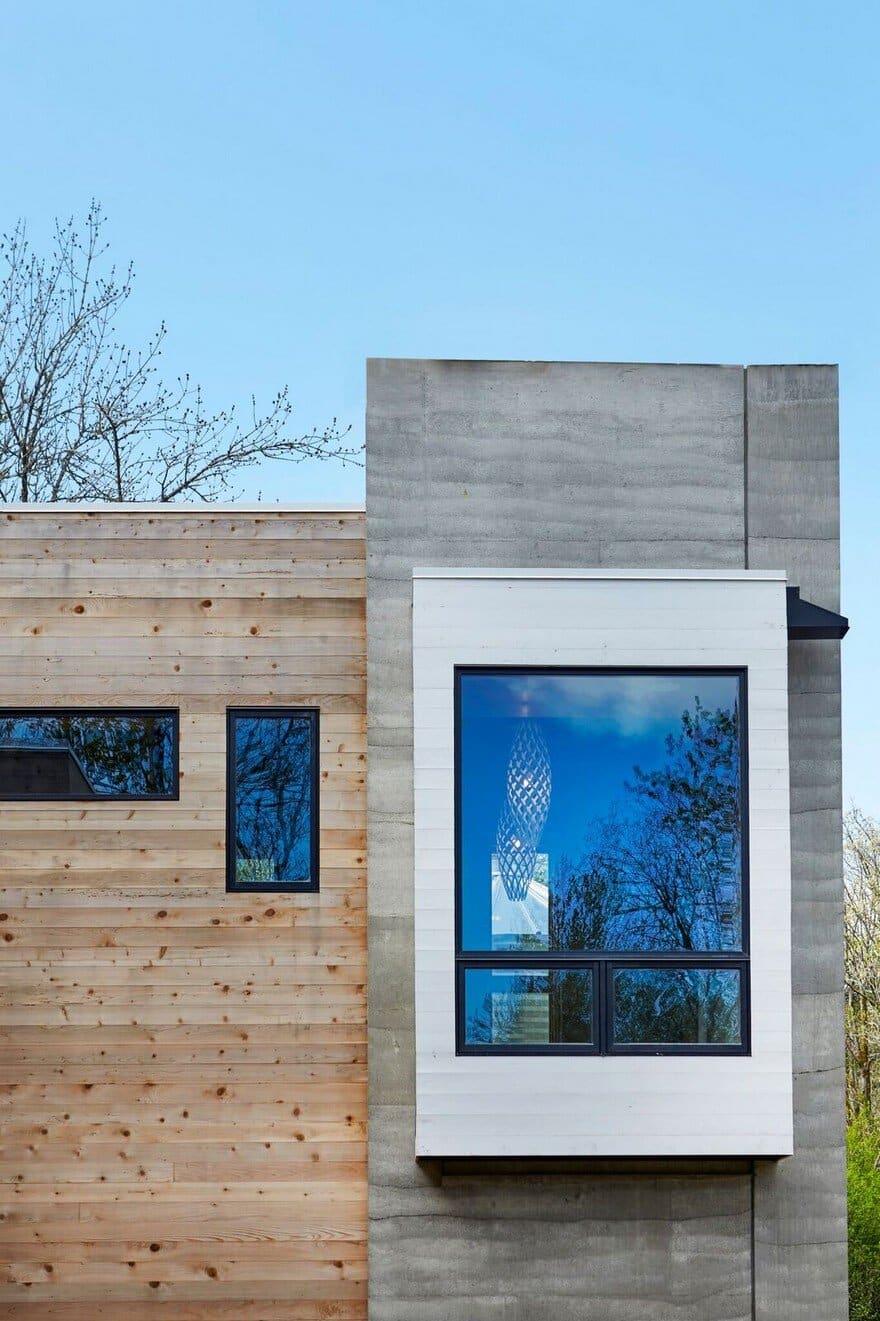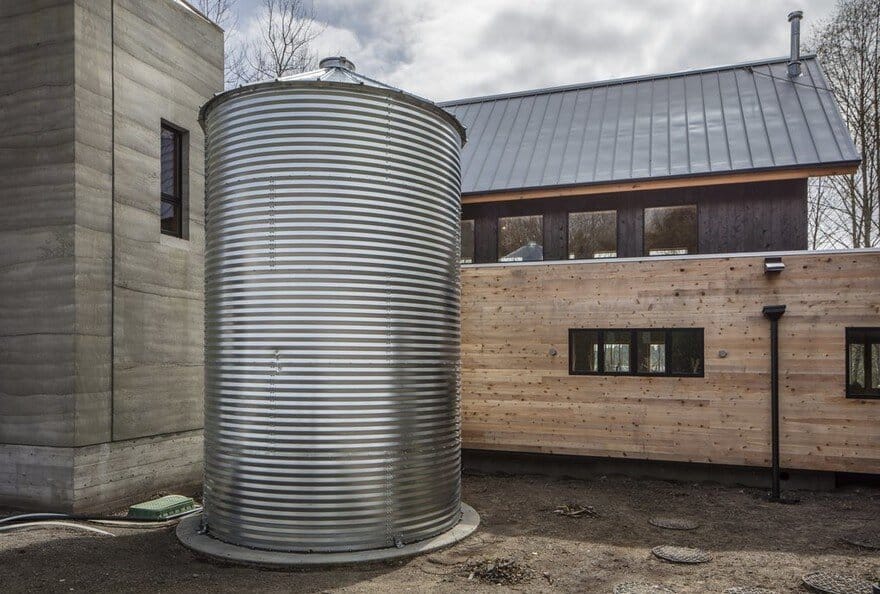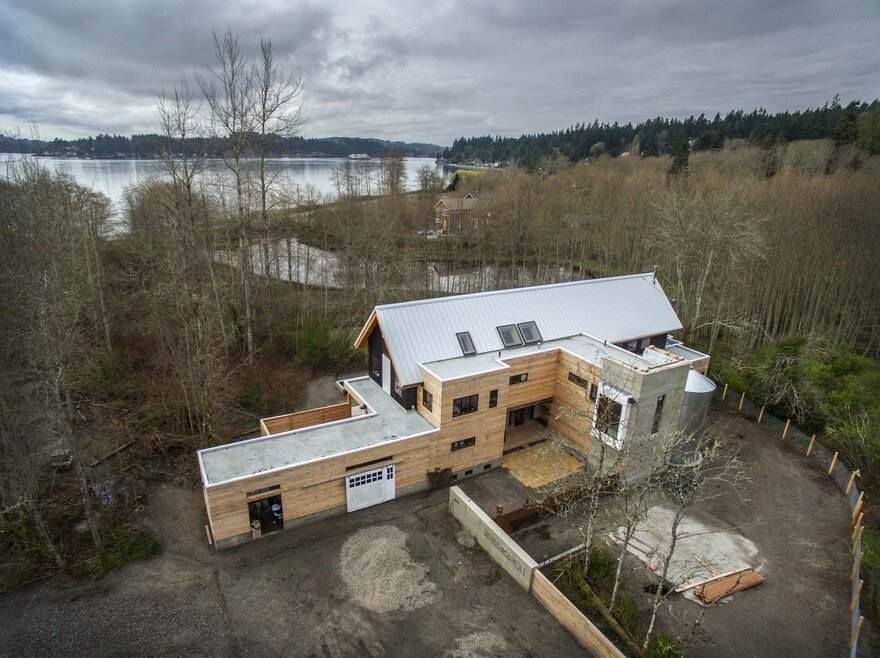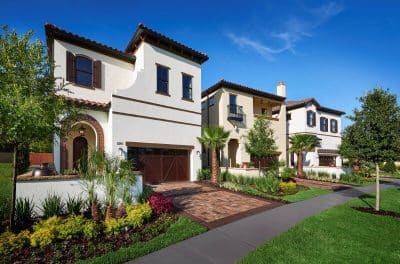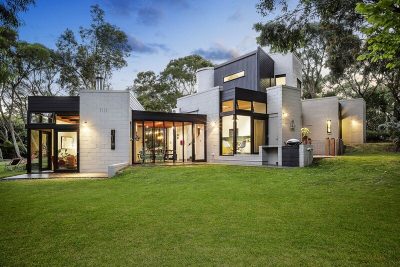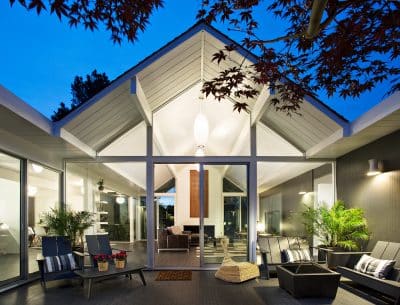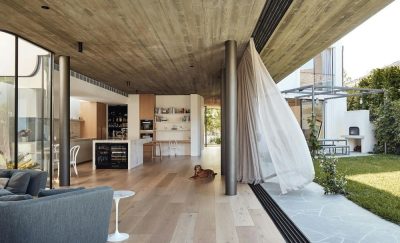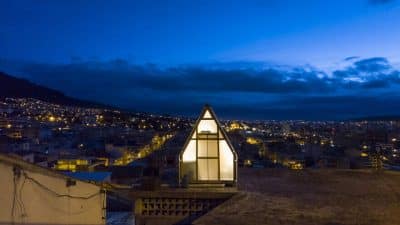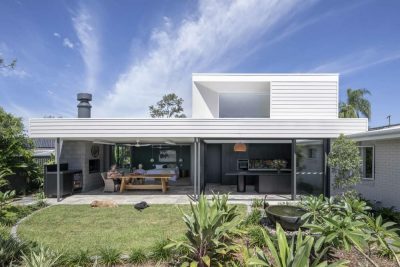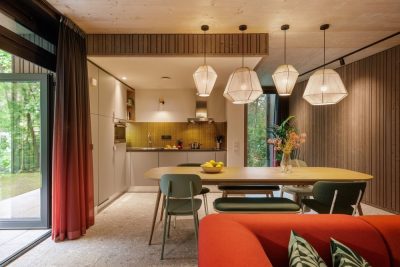Project: Heron Hall House
Architects: McLennan Design
Location: Bainbridge Island, Washington, United States
Size 3,200 SF
Photography: Daniel Banko, Steve Ringman
A house with character should have a name with character. There is a running joke in the environmental community that developments tend to get named after the animals or site features that got destroyed to make it. In this case my goal is to buck that trend and create a project that allows for the natural world to thrive – creating habitat through native plantings and careful site design. Why call it Heron Hall?
When I was trying to make the final decision to buy the land I was agonizing over the pros and cons and so I decided to walk the site one last time, hoping for some ‘sign’ that this was the right place to raise my family for the next couple decades. I parked my car on the side of the road and walked towards it – suddenly a giant crow swooped down in front of me and landed right next to me – cackling and making all kinds of noises. In my imagination I felt it was welcoming me. As I carried forth onto the site I went down to the creek and suddenly a giant frog jumped clear over my feet – ribbit! Ribbit! That was special I thought! And finally as I lifted my head – a large heron swooped down overhead, not twenty feet from me. Three signs within 2 minutes – all of which are amongst my favorite animals.
Growing up I was fascinated by the story A Wind in the Willows, a delightful story about 3 animals that lived next to a river and swamp and had great adventures together. Toad Hall has always figured large in my imagination – so I decided to name my house – Heron Hall.
Materials and Sustainability
McLennan chose uber-sustainable materials: above a rammed-earth base, the house is made almost entirely of wood, inside and out. It has Douglas fir roof trusses, interior paneling made from cottonwood trees cleared from the site, charred cedar exterior siding, reclaimed flooring, and a few well-placed muscular beams from dismantled old heavy timber structures. It is a “carbon sequestering house,” says McLennan, referring to wood’s carbon dioxide–retaining properties. Although Heron Hall house is an assemblage of several volumes, the house’s primary element is a barnlike enclosure. Its gabled roof shelters the main living spaces, including a double-story living and dining area.
Heron Hall house is a groundbreaking living building and laboratory for living building materials and strategies. Extensive use of insulated structural rammed earth walls form interior and exterior surfaces, other exterior walls utilize Yakisugi (charred wood finish). Extensive use of re-claimed and re-purposed materials are found throughout, no drywall is used. As usual, living buildings present challenges to local jurisdictions, in this case, MD will be the first building to use composting toilets, and now others on Bainbridge Island can do so as well (the island currently relies heavily on septic systems). The building leverages the contrasting advantages of in-situ construction and prefabrication: trusses, structural insulated panels (SIPs) and pre-fab core elements house the ‘building systems’ (kitchen, pantry, bathroom and mechanical), while in-place construction celebrates solidity and craft.


